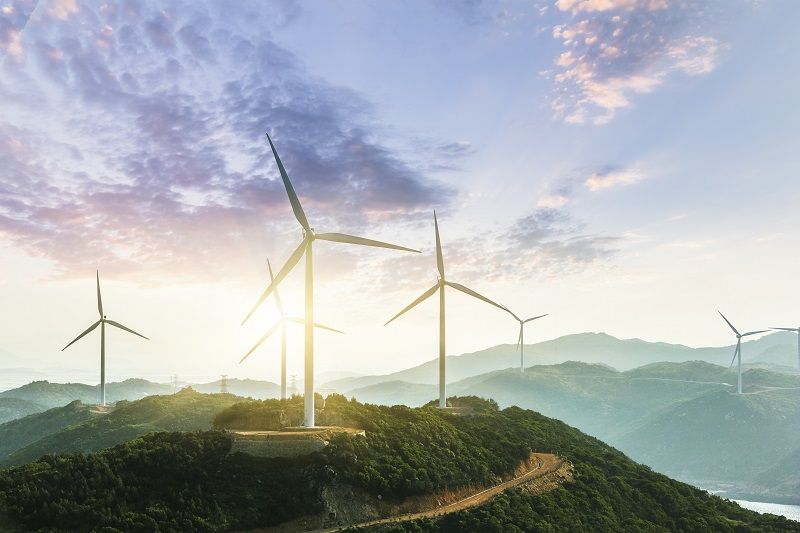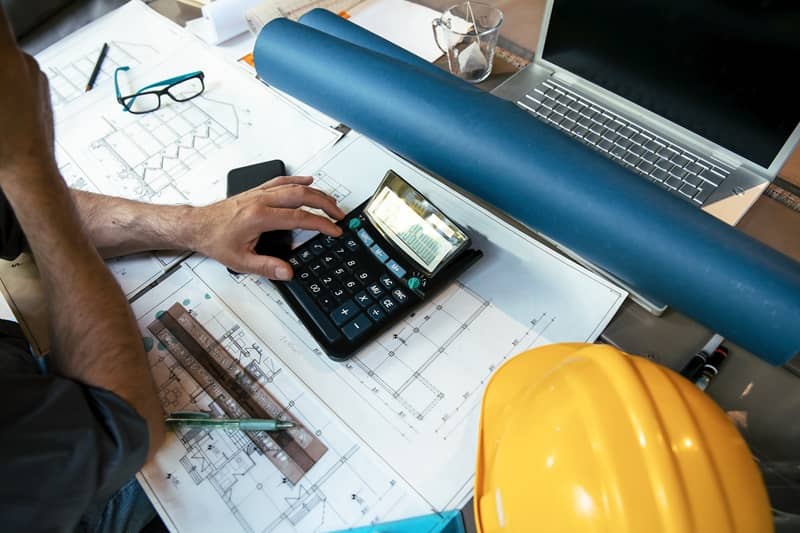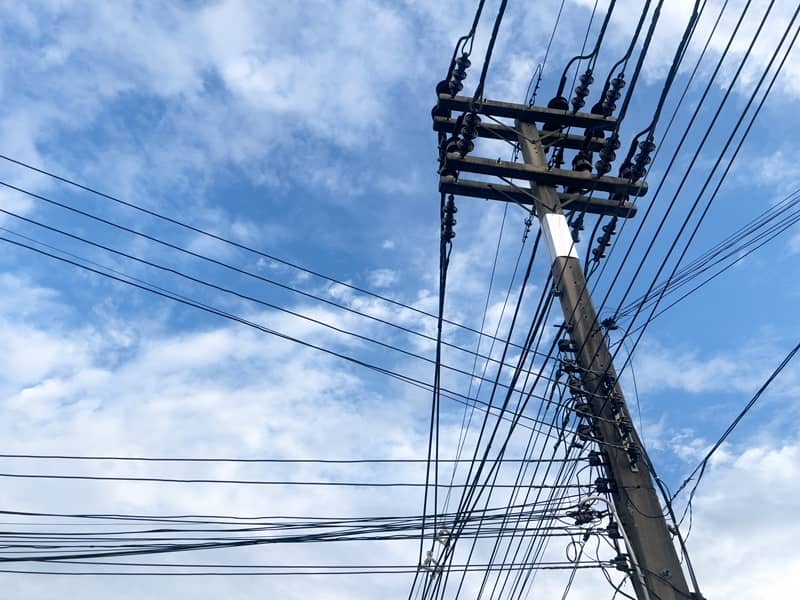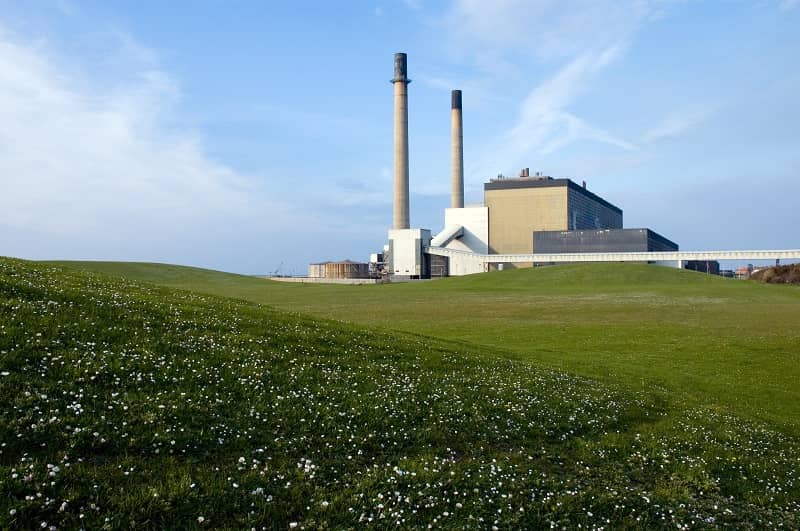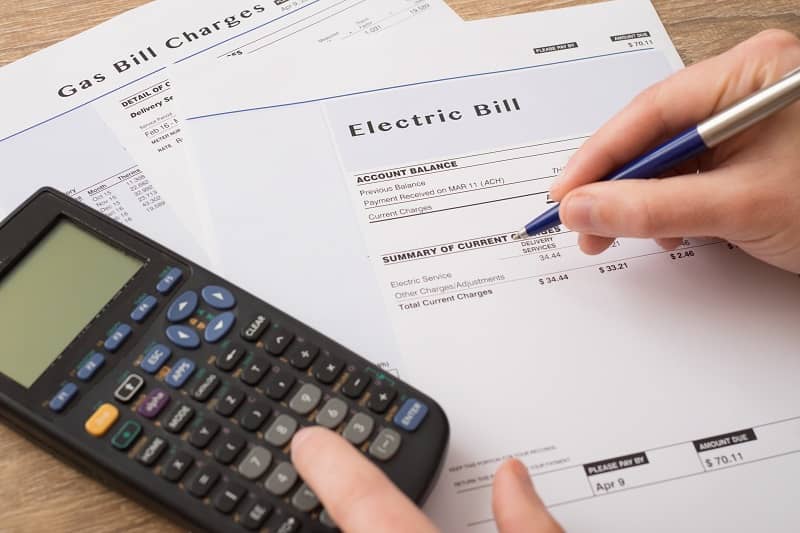By Victoria Leca
Portland politicians and civic leaders have tried to “brand” the city as a world leader in “sustainable development” for the past decade. Now that Portland has so many buildings built to so-called “green standards,” it’s appropriate to take a look back at the track record.
One of the first eco-buildings built in Portland with help from the local government was Viridian Place in Lake Oswego. It is a three-story office building with 15,000 square feet, built by Blazer Development and CES Northwest. Construction on the building began in 1999, and the building opened two years later. The cost was $2 million or $130 per square foot. It has maximum exposure to sunlight, low-flow water fixtures to cut use by 20 percent, and efficiency measures to reduce energy consumption by 40 percent. It was the region’s first LEED project, and people all over the world came to look at it and tried to replicate the model. However, the problem with replication is that the project was not financially viable without government subsidies.
The developers went to the Oregon Office of Energy, which offers low-interest, fixed-rate, long-term loans for projects that save or produce energy. The low-cost energy loans serve as incentives to encourage businesses and governments to incorporate energy efficiencies into their projects and “get more for their money.” The money is geared towards only the energy saving parts of the project; but the loan committee can recommend financing for the entire project, if it qualifies as a demonstration project.
In the case of Viridian Place, the entire project qualified as a “demonstration” project since it was one of the first eco-buildings in Portland. In order for a project to be placed into this category, the project has to act as a model for subsequent projects, be visible to the general public, and be as energy efficient as possible. Viridian Place fell under all three categories. Thus, the Office of Energy Loan Program offered the developers of Viridian Place a $1.8 million loan for 15 years at a fixed rate of 7.11 percent. Commercial lenders at the time were charging nine percent interest rates for comparable loans.
“The Office of Energy loan made this facility possible,” said Tom Kelly in “Growing a Green Building,” a case study published by the Oregon Office of Energy. Kelly, a co-partner in the construction of Viridian Place, said he could not have started the project without the resources the Office of Energy provided. “They made it work. I wouldn’t have done it without them, because it would not have made economic sense,” he said. “We were on the edge of financial viability, and those programs helped make conservation make sense.”
One reason the building was financially infeasible was that the developers chose to install expensive solar panels that had a payback period of more than 40 years. From the developers’ perspective, it was worth the cost because they “wanted something to show our commitment. Without those solar panels there is nothing to say this is a sustainable building by looking at it.”
However, there is one way to offset the unwillingness of the customer to pay for a symbolic, but high-cost product: tax credits and low-interest loans from the government. At the time of Viridian Place’s construction, the Oregon Office of Energy offered Business Energy Tax Credits (BETC) to encourage investments in energy conservation, recycling, renewable energy resources, and less-polluting transportation fuels. Any Oregon business could qualify, and the tax credit was 35 percent of the project cost. Viridian Place received $21,136 in tax credits. The BETC program expired in July 2012, but provisions were added to a new Tax Credit Extension Bill which still allocate public money either to energy conservation projects or to renewable energy developments.
When developers apply for government help, they don’t think of how sustainable the project’s business model is or what their customers really want. When a project has such an unsustainable business model, it shouldn’t be touted as a ground-breaking, energy-saving project. In order for a project to be sustainable, it also must be financially sound.
Currently, another sustainable building faces the same financial dilemma. The now-stalled Oregon Sustainability Center needs to be massively subsidized with state funds and government tenants in order to be built. No private investor is willing to pay the high price of building an eco-building with a projected price tag of $62 million. The early lessons of Viridian Place seem to have been lost on Portland politicians.
Victoria Leca is a research associate at Cascade Policy Institute, Oregon’s free market public policy research organization. She is a student at Portland State University.
